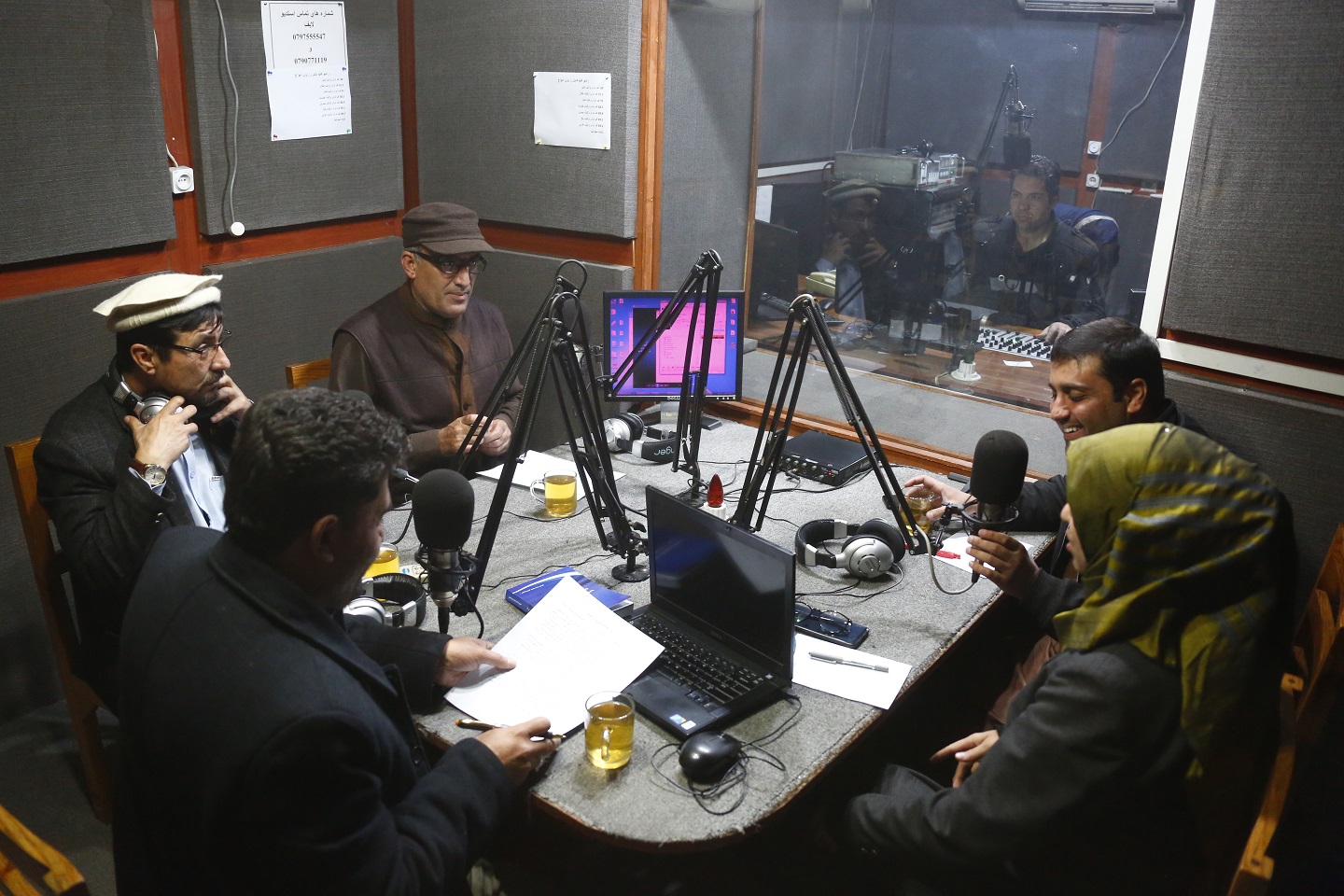The development pathway of any country requires a stable public policy, implementation of that policy, and a transparent and efficient governance system that could cater to the needs and aspirations of its citizens. This presupposes internal stability, peace, and cohesion among divergent population groups who are the primary stakeholders in the development process. Afghanistan, as a nation, has unfortunately remained crisscrossed with unending violence, sectarian strife, ethnic tension and inter-tribal rivalry coupled with proliferation of radical groups enforcing extreme outlook in civic rule and code of conduct, which is not aligned with national development goals. A way forward to peace is through social cohesion and reconciliation. More than ever before, there is a momentum for peace building and reconciliation in Afghanistan since the peace agreement was signed between the US and the Taliban early last year. Taking this momentum in consideration, this project was designed to support sustainable structures and processes which strengthen the prospects for peaceful coexistence. The project was implemented by a consortium of six Afghan NGO’s led by The Liaison Office (TLO). The other consortium partners included The Killid Group (TKG), Pajwak Afghan News (PAN), Afghanistan’s National Journalists Union (ANJU), Centre for Protection of Afghan Women Journalists (CPAWJ), and The International Association of Women in Radio & Television (IAWRT). The project was implemented in ten provinces of Afghanistan, which include Kabul, Khost, Balkh, Bamyan, Takhar, Faryab, Badakhshan, Kandahar, Herat and Nangarhar.
GOAL
The goal of the project was to make the Afghan peace efforts sustainable.
OBJECTIVE
The main objective of the project was to promote peace building initiatives by bringing together the key actors such as CSOs, media, women and children activists, youth and other marginalized groups through media and civil society.
ACTIVITIES
In making peace initiatives widespread at the local level, TLO along with its partners established volunteer committees. These committees had representation from civil society organizations already engaged in peace initiatives, local non-state leaders such as tribal elders and religious leaders, and members of marginalized groups such as women and youth. The volunteer committees conducted peace learning sessions, capacity building on effective advocacy methodologies, and planning in ten provinces of Kabul, Kandahar, Balkh, Herat, Nangarhar, Khost, Bamyan, Takhar, Faryab and Badakhshan. The project focused on capacity building of the members of the volunteer committees to enable them to address conflicts and issues related to peace.
In undertaking media activities, the project focused on three main strategies, television and online messaging targeting primarily urban audiences (though also covering rural areas), radio messaging to target primarily rural audiences (though covering urban areas as well), and street theatre to target hard to reach areas. It worked towards fostering peace discussions via media, and local conflicts were brought to national attention through this project.
Supplementing these local activities, TLO with its partners undertook a number of national efforts to further increase and cement peace process inclusiveness. This included national level radio roundtables, a national conference on peace issues to exchange views among different regions of Afghanistan, and the engagement of leading figures of Afghan government and international community supporting peace processes. This activity was carried out in Kabul, Balkh, Kandahar, Nangarhar and Herat provinces.
Furthermore, A total number of five peace reporting workshops/roundtables were conducted in Kabul, Herat and Kandahar during the project span. The topics of discussion included peace reporting, important aspects in peace reporting, conflict sensitive reporting, approaches towards conflict, understanding violence, conflict analysis, media power, guidelines for peace reporting, media and peace building, and reporting related to development and peace.
OUTCOMES
Peace activity becomes more widespread at the local level
During the project, a series of coordination meetings were conducted with CSOs, media outlets and other key actors on peace related topics. These meetings increased and polished their knowledge, skills, and understanding of topics such as advocacy for peace building and conflict resolution. These meetings instilled enthusiasm among people to get engaged in peace building and conflict resolution. As a result, a total number of three volunteer committees on Advocacy of Conflict Resolution and Peace Building were established in Nangarhar, Herat and Kandahar. Each of these volunteer committees consisted of at least two female and five male members.
Mass media for peace
The mass media activities (Cartoons and Roundtables) have had direct and indirect impact on the awareness of people regarding the ongoing peace process. At the community level, DHSA and TKG conducted public awareness, information and advocacy through animation products, which helped the local population to understand the current peace talks and how to become part of the peace process and conflict resolution at the local level among different groups.
Street theatre for peace
The street theatre increased awareness among people on peace building, as specific and content-oriented messages were shared with the target audiences. In addition, people were encouraged and guided to understand their roles and execute their social responsibilities in the process of peace building.
National peace discussions increasingly incorporate local concerns
Peace Reporting training workshops
As a result of the peace reporting workshops, ANJU and CPAWJ developed Peace Reporting Guidelines in local languages (Dari and Pashtu). A total number of 3000 copies of the guidelines that were published and distributed among journalists increased their capacity and build their knowledge on peace reporting.




